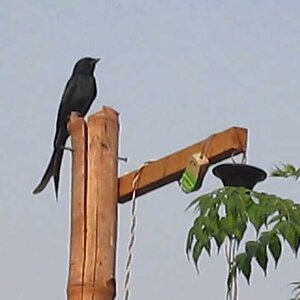Ashlorraine
TPF Noob!
- Joined
- Jun 25, 2009
- Messages
- 24
- Reaction score
- 0
- Location
- California
- Can others edit my Photos
- Photos OK to edit
Hey everyone! So I am really having trouble taking photos with the sunset in the background. The lighting is so beautiful and I just wish I could capture it properly. I am a newbie to photography and would really appreciate your advice! I tried using some flash but then the background is overexposed because when the flash is on it wont let me put the shutter speed past 1/200. Here are some examples of photos where I had this issue. You can also give other opnions/advice on my photos if you want, anything that will help me improve! Thanks so much! I have a Nikon D60 w/ 18-55mm lens.
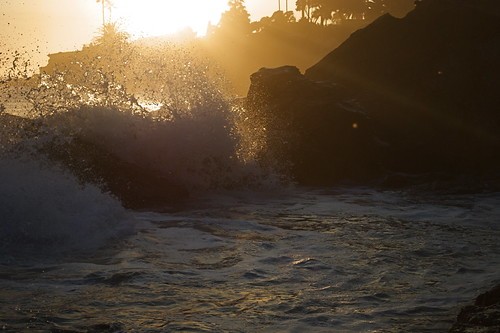
1/800 iso: 400 f/5.6
This was definitely the worst one! :/ Ocean sunset photos were a huge challenge for me
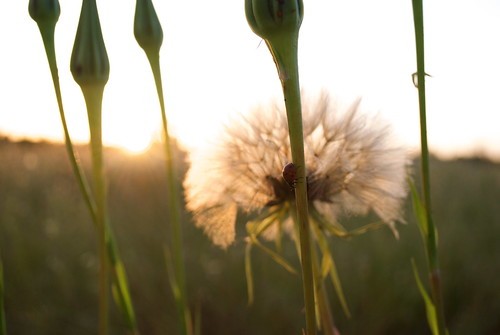
1/100 iso: 400 f/5.6
This one isn't so bad? I just wish the lady bug werent quite so dark...
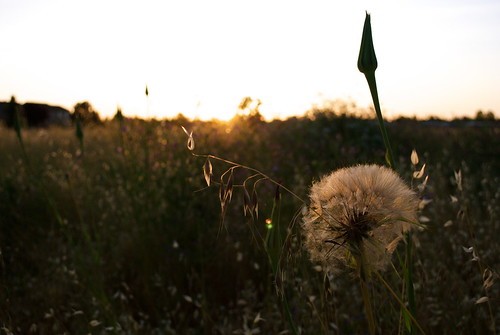
1/320 iso: 300 f/5.6
I took many photos like this but right up behind this dandelion with the light shining through. They came out so terribly that I immediately deleted them so I don't have them to show.
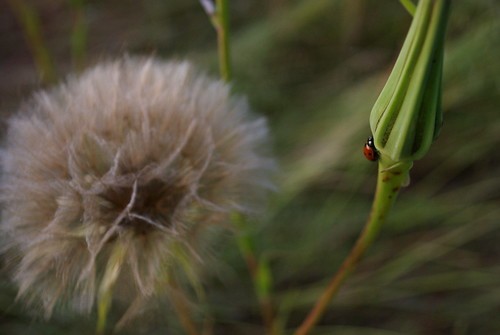
1/125 iso:400 f/5.6
Here is me trying to avoid the sun by shooting at an angle. Still came out dark though. I thought flash would have ruined the warm/golden tone?
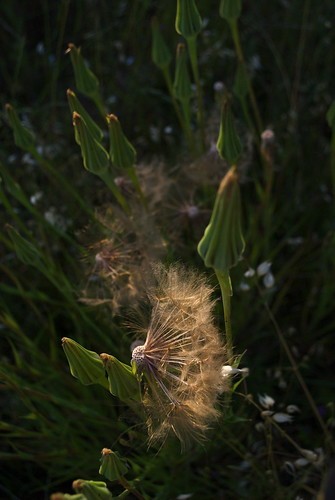
1/500 iso: 400 f/5.6
This one didn't exactly have the issue I described but I just wanted to know what you think of it?
Thank you so much, I really appreciate your help!

1/800 iso: 400 f/5.6
This was definitely the worst one! :/ Ocean sunset photos were a huge challenge for me

1/100 iso: 400 f/5.6
This one isn't so bad? I just wish the lady bug werent quite so dark...

1/320 iso: 300 f/5.6
I took many photos like this but right up behind this dandelion with the light shining through. They came out so terribly that I immediately deleted them so I don't have them to show.

1/125 iso:400 f/5.6
Here is me trying to avoid the sun by shooting at an angle. Still came out dark though. I thought flash would have ruined the warm/golden tone?

1/500 iso: 400 f/5.6
This one didn't exactly have the issue I described but I just wanted to know what you think of it?
Thank you so much, I really appreciate your help!
Last edited:





![[No title]](/data/xfmg/thumbnail/32/32631-60d0db057ee085953a0921e337396654.jpg?1734162116)
![[No title]](/data/xfmg/thumbnail/32/32632-476f3d925401f13cffe1cc2b41945614.jpg?1734162117)

